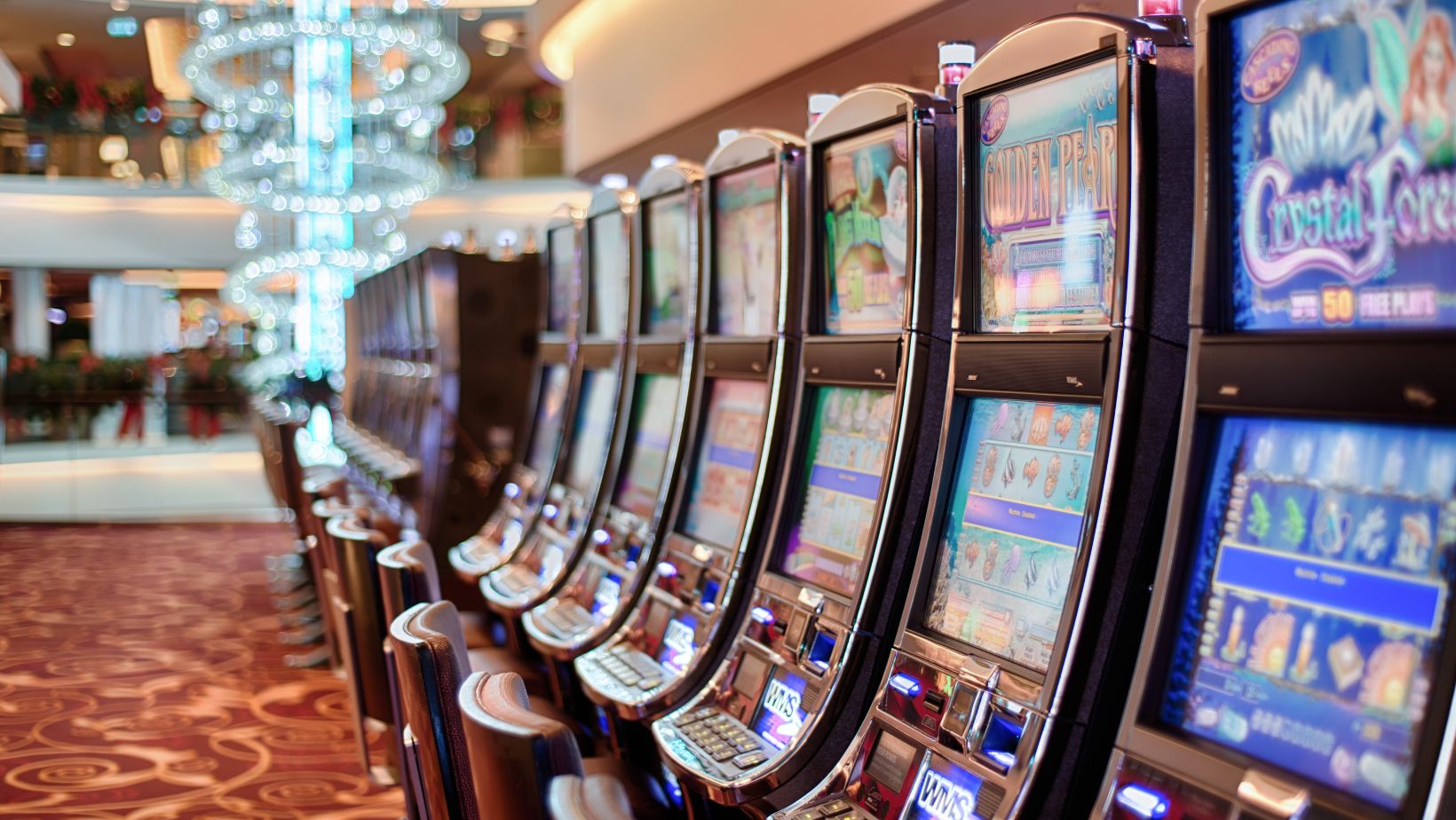Modern slot games are not just about spinning reels and flashy graphics; there’s a hidden science behind how these games are designed to captivate players. Player psychology plays a significant role in why slot machines are so addictive and engaging. This article will explore the blueprint of modern slot games and how developers harness psychological principles to keep players coming back for more.
The Power of Rewards: How Slot Games Trigger Dopamine
One of the most significant factors driving the psychology of situs slot gacor players is the way these games trigger the brain’s dopamine response. Dopamine is a neurotransmitter responsible for pleasure, motivation, and reward. Every time a player hits a win, even a small one, it stimulates a release of dopamine. This is what makes the experience so enjoyable and keeps players engaged.
Modern slot machines are designed to reward players frequently, even if the wins are small. These small rewards create a continuous loop of excitement and anticipation. The brain begins to associate the game with pleasure, which increases the likelihood that players will continue spinning the reels, hoping for a bigger win.
The Importance of Variable Rewards in Modern Slots
One psychological principle that game developers use is variable rewards, which means the frequency and size of rewards are inconsistent. This is based on the concept of intermittent reinforcement, which has been shown to increase the persistence of behaviors. For example, a player might hit a small win several times in a row, followed by a larger win, and then a few spins without any win at all.
This unpredictability makes the game more exciting. Players never know when the next big win will come, and that keeps them engaged. It’s the same principle behind the addictive nature of slot mahjong games and even other types of gambling. The unpredictability of when a player will win and how much they will win is a significant part of the player experience.
The Influence of Themes and Graphics
Modern slot games also use themes and graphics to enhance player immersion. Whether it’s a fantasy adventure, historical saga, or wild safari, the theme helps players feel more connected to the game. This emotional connection increases the time players spend playing and enhances their overall experience.

Developers spend a lot of time designing eye-catching visuals and audio effects to create an atmosphere that feels rewarding. The combination of visually appealing graphics, immersive soundtracks, and exciting animations enhances the player’s enjoyment and helps reinforce the thrill of playing. When a player feels immersed in the theme, they’re more likely to keep playing, even if they don’t win immediately.
The Role of Near Misses in Slot Games
Another powerful psychological tool used in slot game design is the near miss. A near miss happens when the game appears to be just one step away from hitting a big win. For example, the player may see two matching symbols on the reels and believe that a third symbol will appear on the next spin.
Research has shown that near misses can be even more motivating than wins. This is because near misses make the player feel like they were close to winning, triggering the desire to continue playing. Even though a near miss doesn’t result in a win, it fuels the anticipation and excitement, making players more likely to try again in hopes of hitting that big payout.
RTP: The Hidden Metric Behind Slot Machines
While the Return to Player (RTP) percentage of a slot game may seem like just a technical detail, it plays a crucial role in player psychology. RTP refers to the percentage of all wagered money that a slot machine will pay back to players over time. Games with a higher RTP give players the impression that they have a better chance of winning, making them more likely to keep playing.
However, it’s important to remember that the RTP is calculated over thousands or millions of spins, and individual results can vary. Developers often balance the RTP with the game’s volatility (how often and how much it pays out) to create the desired player experience.
The Social Aspect of Online Slots
In the world of online slots, developers are tapping into another layer of psychology: the social aspect. Many modern slot games now incorporate social features like leaderboards, achievements, and even the ability to share wins with friends. This adds a level of competition and community to the experience, making players feel like they’re part of a larger group. The desire to compare progress with others or showcase achievements can motivate players to keep playing longer.
Final Thoughts: Why Do We Keep Coming Back?
So, why do players keep coming back to slot games? It’s the combination of psychological principles that create a highly engaging and rewarding experience. From the small wins that trigger dopamine release to the near misses that keep players hooked, modern slot games are designed to keep you playing.

Understanding the psychology behind these games can help players recognize how game developers are using clever design techniques to influence their behavior. Whether it’s the rewards, themes, or social features, there’s no denying that player psychology plays a critical role in the world of slot games. So the next time you hit the spin button, you might just be more aware of the powerful psychological forces at play.
